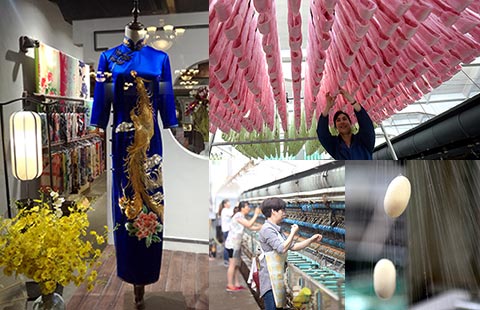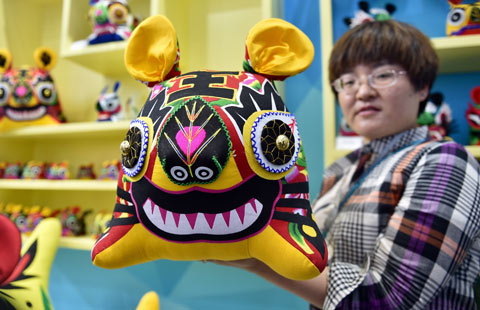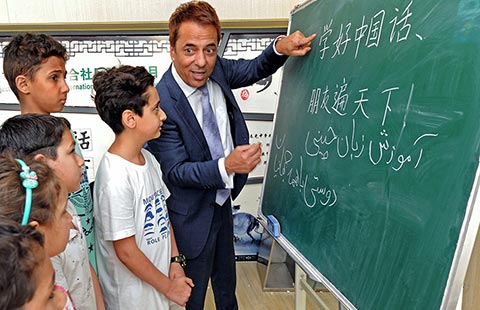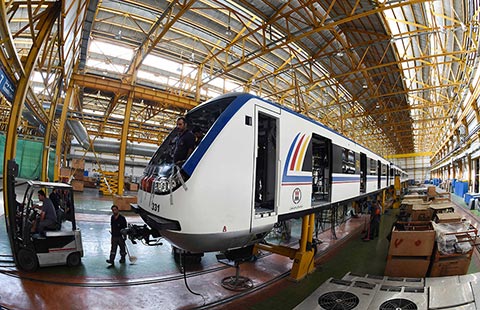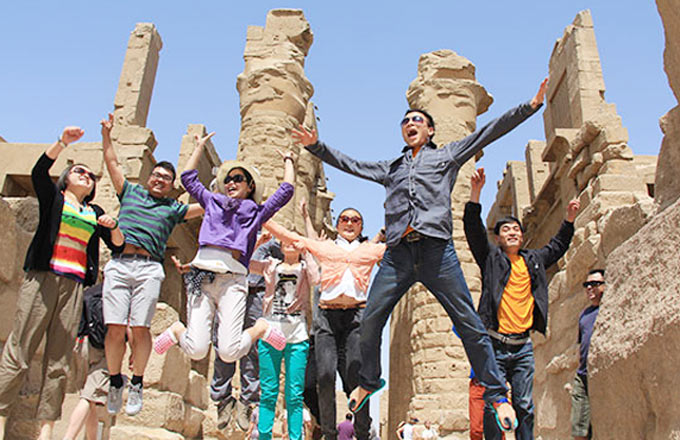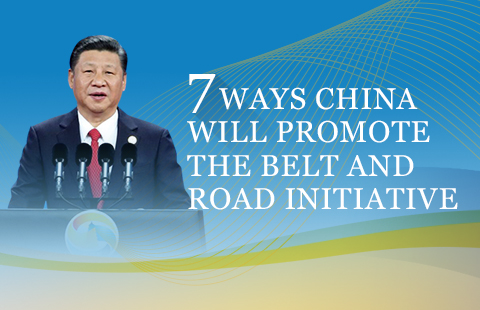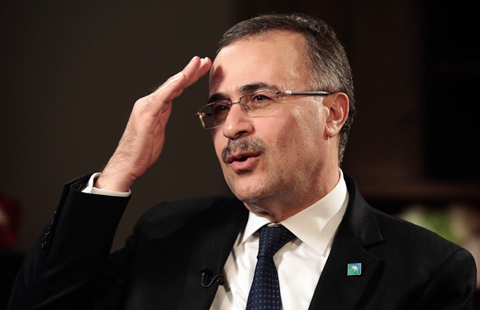Italian businesses eye Belt and Road Initiative potential
ROME - Italian business representatives said Tuesday that the Belt and Road Initiative could benefit the Mediterranean country's economy.
Their comments came at the end of Italian Prime Minister Paolo Gentiloni's mission to Beijing, where he led a business delegation to the just-concluded Belt and Road Forum for International Cooperation and met with Chinese President Xi Jinping for what he said was a "long and cordial talk".
The Belt and Road Initiative was proposed by Chinese President Xi Jinping in 2013 with an aim to build trade and infrastructure networks connecting Asia with Europe and Africa along the ancient Silk Road routes. It comprises the Silk Road Economic Belt and the 21st Century Maritime Silk Road.
Italy is China's 15th trading partner on the global level and its fourth largest on the European level, according to official statistics agency Istat.
Its prime export sectors to China are industrial machinery, cars, and fashion.
"The margins are there for Italy to intercept the movement of goods from China" once the Belt and Road infrastructure is completed, Alessandro Terzulli, the chief economist at Italian export credit agency SACE, told Xinhua on Tuesday.
Terzulli said that the Italian port cities of Ravenna, Venice, and Trieste on the Adriatic Sea have joined with those of Capodistria (Slovenia) and Rijeka (Croatia) will form the North Adriatic Port Association (NAPA).
NAPA has begun working on a 2.2-billion-euro ($2.44 billion) offshore platform off Venice with the capacity to receive large cargo ships coming from the Suez Canal.
While the immediate effects of the Belt and Road Initiative will be on the logistical and ports sector -- in which 160,000 Italian companies worth an estimated 220 billion euros operate - it will inevitably have "a cascade effect" on other types of businesses such as shipbuilding, construction, and transportation manufacturing, said Terzulli.
"It will put a lot of resources into circulation," he said. "If (Italian ports) become strategic, it will make us more competitive."
This will work both ways, with Italian companies having better access to China, he said.
According to SACE, in spite of the economic crisis that began in 2007, Italian exports contributed 4.2 percent to the country's GDP in 2010-2015.
However, the problem for Italy is that many of its businesses are having trouble engaging on the international market.
"In recent years, the best-performing businesses have been those that embraced the opportunities for internationalization," Sergio Razeto, the president of Friuli Venezia Giulia business association, told Xinhua.
The northeastern Friuli Venezia Giulia region includes the port city of Trieste, which will likely become one of the Belt and Road terminals.
"Undeniably, many Italian businesses have difficulty with international markets because they are too small to compete," said Razeto, whose association represents over 400 companies employing a total 27,000 people.
"This is particularly true for far-away destinations whose mindset is different from our own," explained Razeto.
In this context, "having new sources of financing can only be a positive thing" for Italian SMEs, he said of the proposed Sino-Italian investment fund.
The Friuli Venezia Giulia region had overall exports of 13.2 billion euros in 2016, up 6.3 percent over the previous year.
The strongest sectors were shipbuilding (+687 million euros year-on-year) and machine and equipment manufacturing (+188 million euros).
However the region's exports to China - principally industrial equipment - dropped by 18.1 percent in 2016. This was a downward trend that began in 2012, said Razeto.
Also pleased at the outcome of Gentiloni's mission was Venice Mayor Luigi Brugnaro, who thanked the premier for backing the role of the lagoon city as a Belt and Road terminal.
"It is a sign of great encouragement" for the Venice port authority and "for the Chinese businesses that are already working with Venice", the mayor's statement said.
"The maritime Silk Road will connect Asia and Europe more and more," Brugnaro said in the statement published in local media.
The 65 Central Asian countries involved in the Belt and Road Initiative absorb 27 percent of Italy's world exports, and they have high growth margins.
As their economies expand and diversify, it is possible to imagine a future in which Italian companies, which currently operate in the oil and gas sector in those countries, will move in the short term into mechanical engineering and technological upgrades, and in the medium-to-long term into fashion, furniture, and electrical appliances, according to SACE analysts.
The China-proposed Belt and Road Initiative is worth 30 percent of global GDP, covers 38.5 percent of the world and involves 62.3 percent of its population, according to SACE.
The Italian export credit agency operates in 198 countries and supports 25,000 Italian companies to the tune of 87 billion euros in 2016, up from 74 billion in 2011 and 46 billion in 2008.





